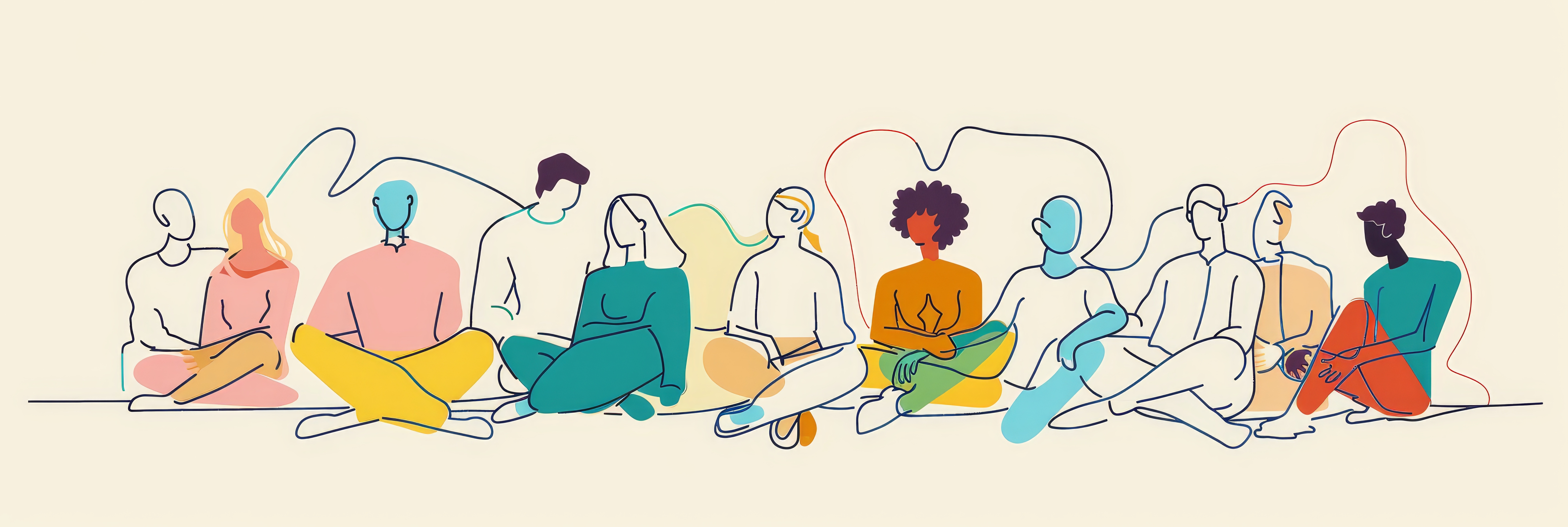There’s been a rising focus on the impact of eating disorders and other mental illnesses on society and how prevalent it is in communities worldwide. Even before the COVID-19 pandemic and its emphasis on the importance of mental health, eating disorders were on the rise. Today, there’s a growing focus on combating the increase in binge eating disorders and other illnesses, so it’s important to dive into how these conditions affect society and what we can do to combat them.
Eating Disorders Affecting More and More People
Believe it or not, the prevalence of eating disorders is only increasing. There are about 24 million people affected by eating disorders in the U.S., and it has grown worldwide at a rate of 7.8% since 2013. Although eating disorders primarily affect women, a growing number of men fall victim to the impacts of restrictive food intake disorders and other illnesses. The pandemic also added extremely difficult challenges for those battling anorexia nervosa or bulimia nervosa due to the increased stress, anxiety, changing work patterns (working from home, etc.), and spending days inside near food sources.
How Eating Disorders Affect Young People
The younger demographic are some of the most impacted by eating disorders, especially because of how difficult they make socializing and spending time with friends or family members. People with eating disorders often battle thoughts and low self-esteem, which make it much harder to build a group of friends or know how to communicate your struggles with others. The development of eating disorders at younger ages often leads to long-term effects as younger people find it harder to deal with school, work, and relationships while dealing with new life challenges.
Eating Disorders in the Media
Media has played a significant role in poor food relationships and is a focus of many eating disorder treatment programs for women. Setting unhealthy bodily standards by photoshopping images or only showing certain figures force women to resort to harmful methods of food deprivation. Commercials and TV show mostly men with a certain type of physique, altering camera angles and lighting to emphasize unrealistic body figures. Society also spends considerable time on social media, which plays a part in the rise of anxiety and poor body image. There’s more to life than what we see on TV and social media, but it’s becoming increasingly difficult to isolate the differences.
The Economics of Eating Disorders
It’s believed that almost 9% of Americans will suffer from an eating disorder at some point in their lifetime, and the cost of providing mental health professionals and other health services for eating disorders is on the rise. The cost of eating disorders each year is about 64.7 billion dollars, with the highest percentage being due to a loss of productivity. Families represent almost ¼ of that pie, meaning we must begin to take steps to promote healthy ways of combating eating disorders. Treatment centers like Selah House make it easier to support eating disorder recovery and help individuals restore their sense of purpose and comfort with food for the rest of their lives.
Eating Disorders Are No Match for a Quality Treatment Center Like Selah House
Eating disorders have a major impact on society, affecting every demographic and impacting the world on an economic level. The best way to combat the effects of eating disorders is by getting the proper treatment methods that keep you on the journey to success. At Selah House, we offer treatment options for various eating disorders, such as emotional overeating support groups and much more. Fighting the battle alone is extremely difficult and unnecessary, so contact us today at 765.819.2524 to find out more ways we can assist in your discovery of a more healthy relationship with food.
Sources:
https://nutrition.org/eating-disorders-are-on-the-rise/
https://healthtalk.org/eating-disorders/social-life-and-public-places
https://www.hsph.harvard.edu/striped/report-economic-costs-of-eating-disorders/

 Call
Call

